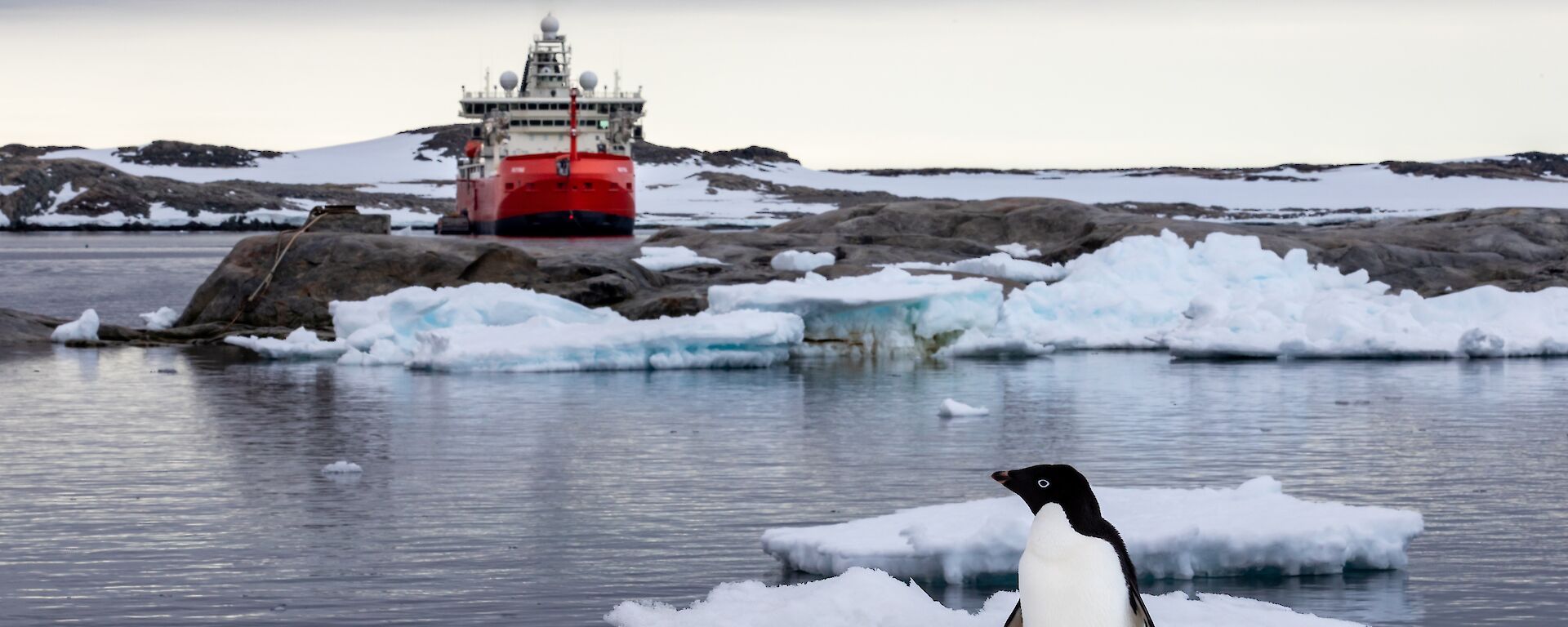Studying the Denman Glacier from the sea
The Denman Marine Voyage (DMV) took 60 scientists to the Denman Glacier region for two months from March to early May, 2025.
The voyage was coordinated by the Australian Antarctic Program and involved scientists from the Australian Centre for Excellence in Antarctic Science (ACEAS), the Australian Antarctic Program Partnership (AAPP), Securing Antarctica’s Environmental Future (SAEF) and the Australian Antarctic Division (AAD).
Science and technical teams worked closely with the ship’s crew across 24-hour shifts, using a range of methods – including bathymetry (sea floor mapping), rock and sediment sampling, mooring deployments and physical and chemical oceanography – to learn more about the factors influencing the glacier’s melt rate and its possible contribution to higher sea levels in future.
Work groups also studied the region’s biodiversity and atmospheric processes – key indicators of the system’s past and future states.
Findings from the DMV will build on those from the Denman Terrestrial Campaign, a three-year science program investigating the Denman Glacier from a deep field camp at Bunger Hills.
The voyage was the first dedicated marine science voyage for Australia’s icebreaker RSV Nuyina.


